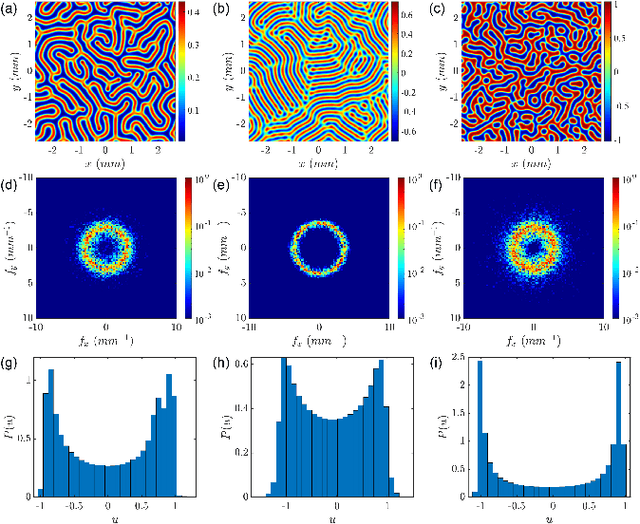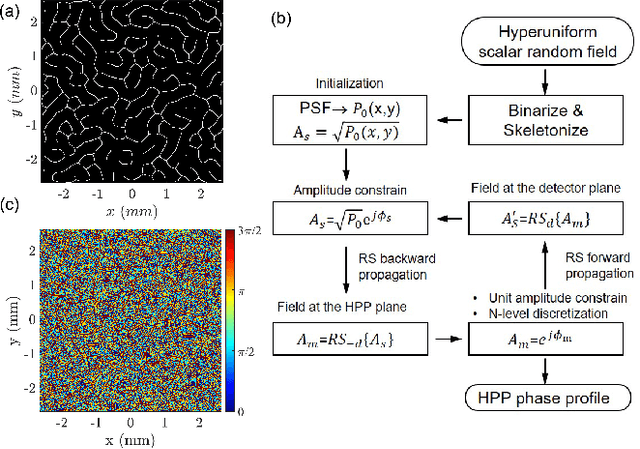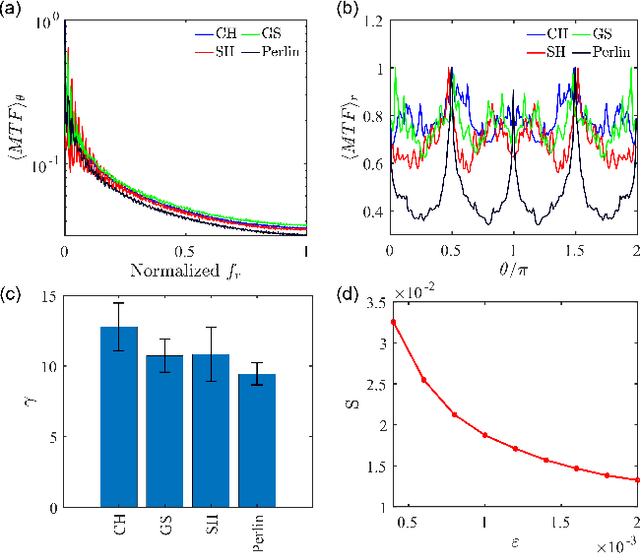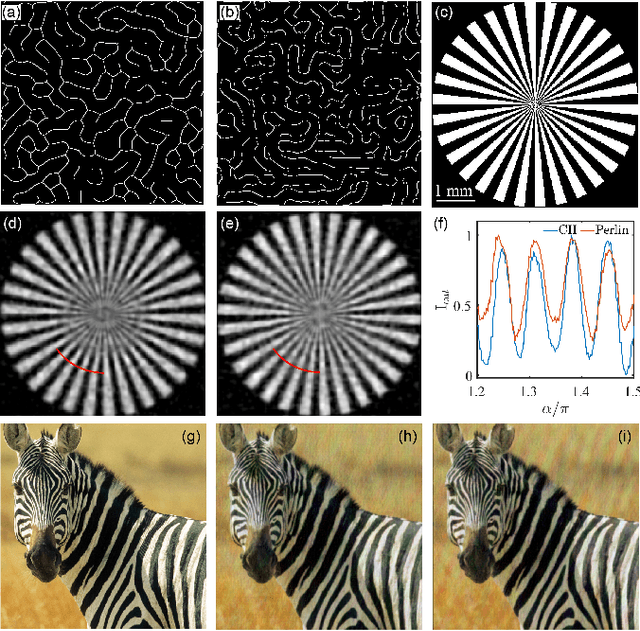Yuyao Chen
SGW-based Multi-Task Learning in Vision Tasks
Oct 03, 2024Abstract:Multi-task-learning(MTL) is a multi-target optimization task. Neural networks try to realize each target using a shared interpretative space within MTL. However, as the scale of datasets expands and the complexity of tasks increases, knowledge sharing becomes increasingly challenging. In this paper, we first re-examine previous cross-attention MTL methods from the perspective of noise. We theoretically analyze this issue and identify it as a flaw in the cross-attention mechanism. To address this issue, we propose an information bottleneck knowledge extraction module (KEM). This module aims to reduce inter-task interference by constraining the flow of information, thereby reducing computational complexity. Furthermore, we have employed neural collapse to stabilize the knowledge-selection process. That is, before input to KEM, we projected the features into ETF space. This mapping makes our method more robust. We implemented and conducted comparative experiments with this method on multiple datasets. The results demonstrate that our approach significantly outperforms existing methods in multi-task learning.
Hyperuniform scalar random fields for lensless, multispectral imaging systems
Jul 15, 2021



Abstract:We propose a novel framework for the systematic design of lensless imaging systems based on the hyperuniform random field solutions of nonlinear reaction-diffusion equations from pattern formation theory. Specifically, we introduce a new class of imaging point-spread-functions (PSFs) with enhanced isotropic behavior and controllable sparsity. We investigate the PSFs and the modulated transfer functions (MTFs) for a number of nonlinear models and demonstrate that two-phase isotropic random fields with hyperuniform disorder are ideally suited to construct imaging PSFs with improved performances compared to PSFs based on the Perlin noise. Additionally, we introduce a phase retrieval algorithm based on the non-paraxial Rayleigh-Sommerfeld diffraction theory and introduce diffractive phase plates with PSFs designed from hyperuniform random fields, called hyperuniform phase plates (HPPs). Finally, using high-fidelity object reconstruction, we demonstrate improved image quality using engineered HPPs across the visible range. The proposed framework is suitable for high-performance lensless imaging systems for on-chip microscopy and spectroscopy applications.
 Add to Chrome
Add to Chrome Add to Firefox
Add to Firefox Add to Edge
Add to Edge